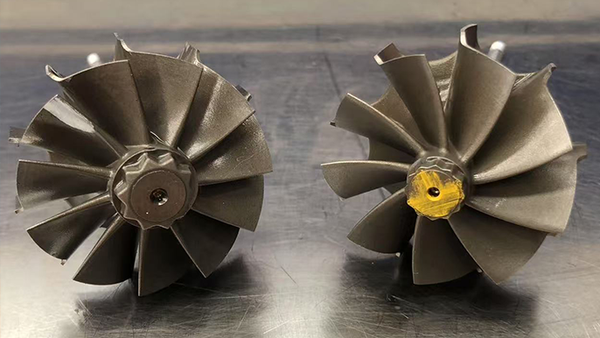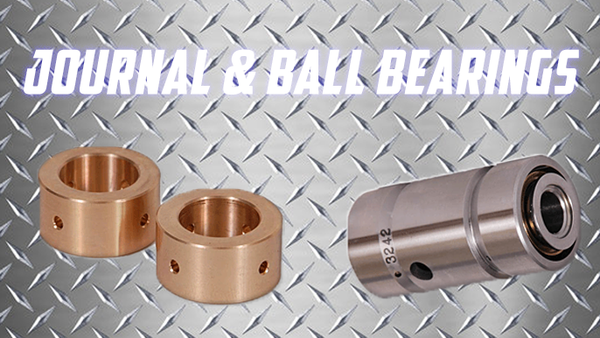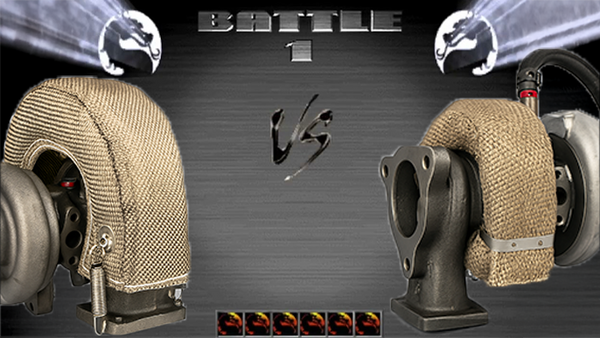Understanding Turbo Surge & Compressor Stall
Turbo surge and compressor stall are two common yet damaging conditions that can affect turbocharged engines. These issues occur when airflow within the turbocharger becomes unstable, leading to erratic pressure fluctuations that can cause long-term damage. Whether you’re running a stock setup or a high-performance turbo upgrade, understanding these conditions and how to prevent them is crucial for turbo longevity and overall engine health.
What Is Turbo Surge?
Turbo surge happens when the compressor side of the turbo generates more pressure than the engine can consume. This causes the pressurized air to momentarily reverse direction, leading to violent oscillations within the turbo. This condition is most often noticed during throttle lift-off when the engine demand for air suddenly drops, but the turbo is still spinning at high speed.
Common Symptoms of Turbo Surge:
-
Fluttering or "chattering" noise when letting off the throttle
-
Loss of boost pressure or erratic boost levels
-
Decreased turbo lifespan due to stress on the bearings
-
Reduced engine performance and efficiency
What Is Compressor Stall?
Compressor stall is similar to turbo surge but happens when airflow through the compressor wheel is disrupted due to excessive backpressure or improper turbo sizing. This can occur under both acceleration and deceleration and may lead to turbocharger failure if left unaddressed.
Causes of Compressor Stall:
-
Overly restrictive intake or exhaust systems
-
Running too much boost without proper tuning
-
Poorly sized turbo for the engine’s airflow demands
-
Faulty or missing bypass valve/blow-off valve (BOV)
How to Prevent Turbo Surge & Compressor Stall
1. Install a Proper Blow-Off Valve (BOV)
A high-quality blow-off valve helps release excess pressure from the intake system when the throttle closes, preventing turbo surge. Ensure your BOV is properly adjusted for your boost levels.
2. Use a Well-Matched Turbo for Your Engine
Oversized turbos may not spool efficiently at lower RPMs, leading to compressor stall. Always choose a turbo that matches your engine’s airflow and performance needs.
3. Optimize Your Wastegate Setup
An inefficient wastegate can cause erratic boost spikes, leading to surge conditions. Make sure your wastegate is properly sized and tuned for your setup.
4. Ensure Proper Intake & Exhaust Flow
A restrictive intake or exhaust system can lead to excessive backpressure, which may contribute to compressor stall. Upgrading to a high-flow air filter and performance exhaust system can help maintain optimal airflow.
5. Tune Your Engine Correctly
A professional ECU tune can help optimize boost control, throttle response, and fuel delivery to prevent surge conditions. Always tune your turbo setup based on your specific modifications and power goals.
6. Avoid Sudden Throttle Closures Under Boost
If you’re running a turbo setup without a BOV, try to avoid sudden throttle closures at high RPMs to minimize surge risks. Gradually easing off the throttle can help reduce strain on the turbo.
Final Thoughts
Turbo surge and compressor stall can cause severe damage to your turbocharger if not properly managed. By understanding their causes and taking proactive measures like installing a quality BOV, optimizing your intake/exhaust flow, and properly tuning your engine, you can keep your turbo system running efficiently and avoid costly repairs. Whether you’re a performance enthusiast or just looking to protect your investment, preventing turbo surge and compressor stall should be a top priority.




